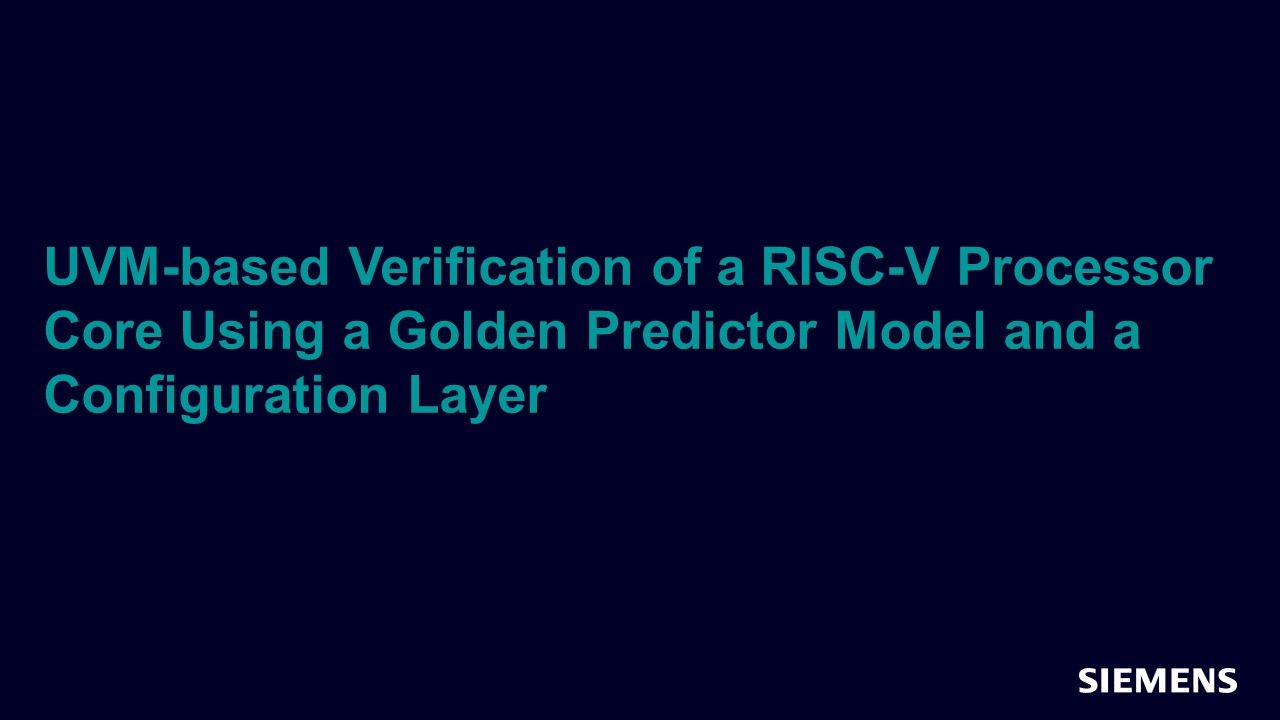UVM-based Verification of a RISC-V Processor Core Using a Golden Predictor Model and a Configuration Layer
In this article, Codasip and Siemens EDA aim to describe their methodology of effective verification of RISC-V processors, based on a combination of standard techniques, such as UVM and emulation, and new concepts that focus on the specifics of the RISC-V verification, such as configuration layer, golden predictor model, and FlexMem approach.

Full-access members only
Register your account to view UVM-based Verification of a RISC-V Processor Core Using a Golden Predictor Model and a Configuration Layer
Full-access members gain access to our free tools and training, including our full library of articles, recorded sessions, seminars, papers, learning tracks, in-depth verification cookbooks, and more.